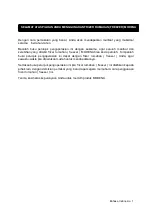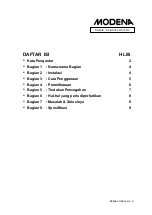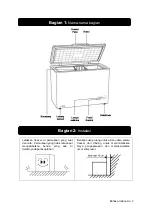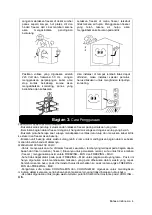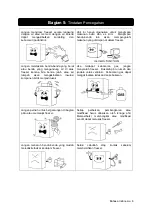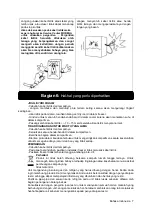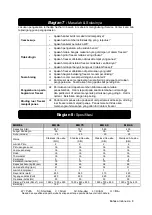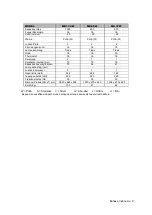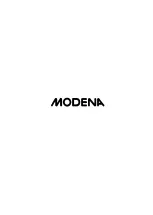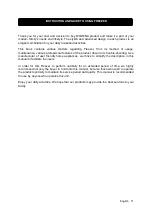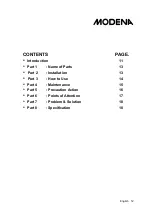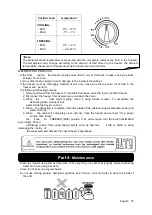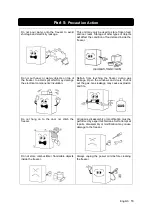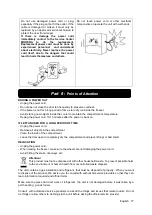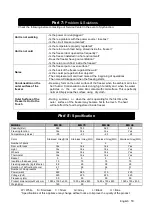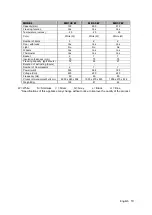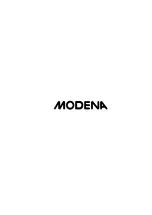
English
15
D
D
E
E
F
F
R
R
O
O
S
S
T
T
I
I
N
N
G
G
P
P
R
R
O
O
C
C
E
E
S
S
S
S
-
If the frost inside the freezer reaches more than 5 mm of thickness, scrape it using a plastic
scraper. Do not use
knife or other sharp objects to avoid damage to the inside of the cabinet.
-
If the freezer must be thoroughly cleaned at one time, make sure there’s not a lot of food in the
freezer and perform
the following defrosting process:
1. Remove all food from the freezer. To maintain freshness, store the food in another freezer.
2. Disconnect the freezer from power source and open the cover.
3. When the frost starts melting, clean it using plastic scraper. To accelerate the
defrosting,place a bowl of hot
water inside the freezer cabinet.
4. When the defrosting is complete, clean the inside of the cabinet using bicarbonate (soda) and
water, then dry.
5. When the cabinet is completely clean and dry, close the freezer and connect it to a power
source, then rotate
the knob to
FREEZER (MAX) position. If it’s cold enough, turn the knob to MIN-MAX
accordingly. “When
defrosting, refrain from using sharp objects such as hammer, knife or bottle to avoid
damaging the inside of
the evaporator and hamper th
e chest freezer’s operations.
-
Clean the freezer using soft and dry cloth. If it’s very dirty, use cloth that is lightly soaked with soap
water and rinse using wet cloth.
-
Clean the freezer on a regular basis.
-
Do not use shining powder, detergent, gasoline, acid, thinner, oil or hot water to clean the inside of
the unit
.
Position knob
temperature *
COOLING :
-
MIN
-
MAX
8°C ~ 10°C
-1°C ~ 1°C
FREEZING :
-
MIN
-
MAX
0°C ~ -2 °C
~ s/d -25 °C
*)Note:
The aforementioned temperature is measured with the unit empty (without any food in the freezer).
The temperature may change according to the amount of food stored in the freezer, the ambient
temperature, the amount of freezer doors being opened and other factors.
Part 4:
Maintenance

